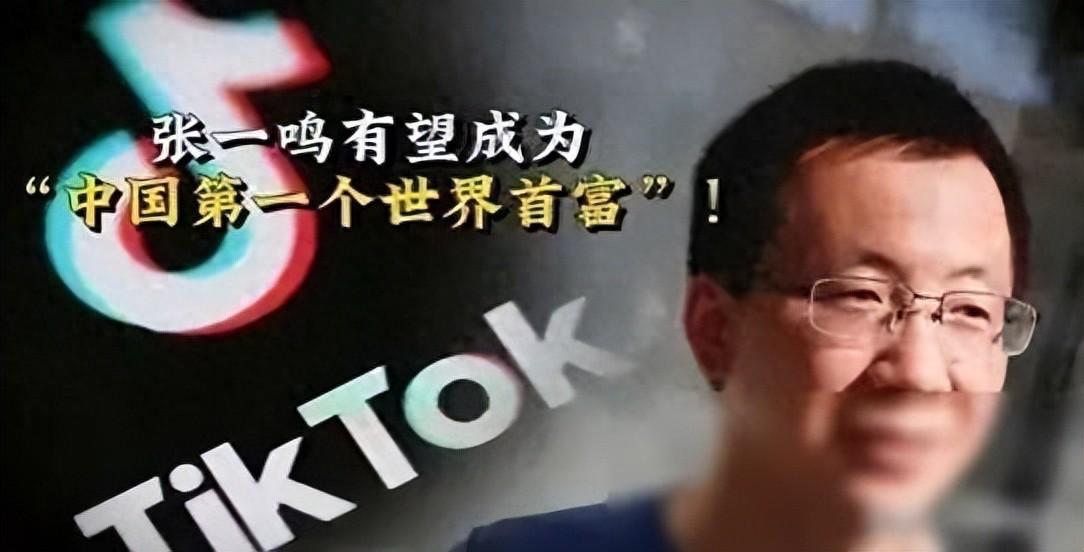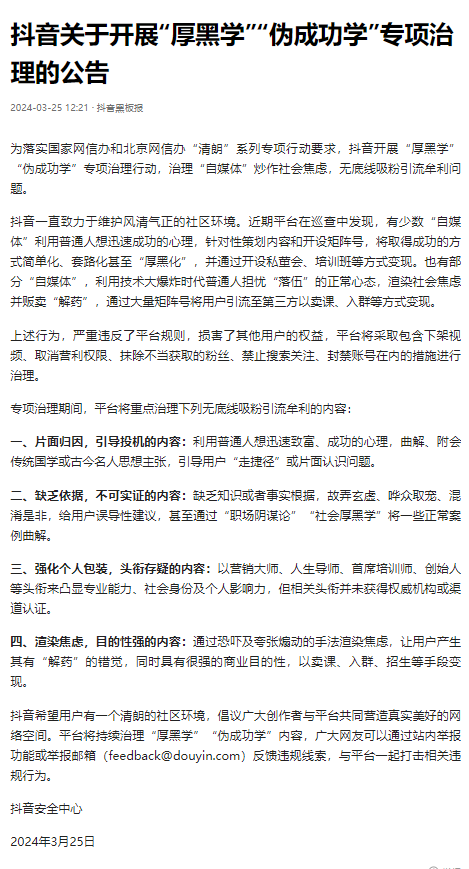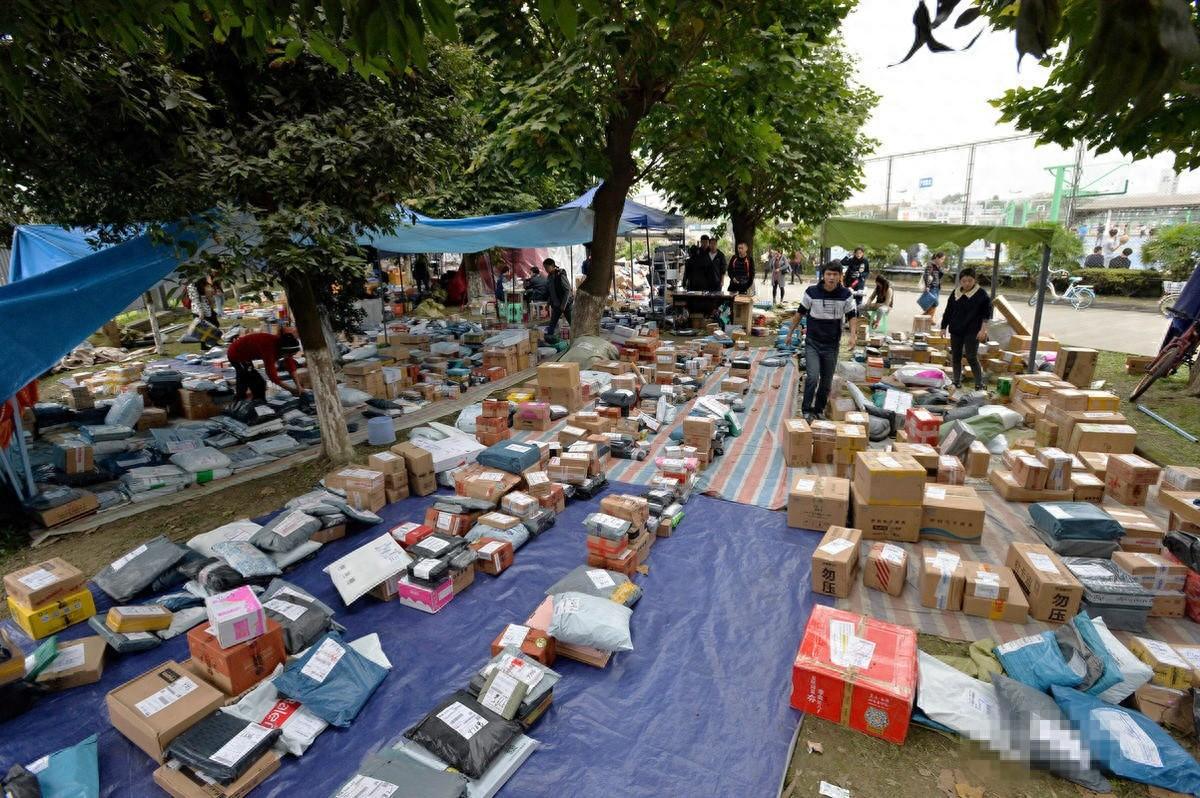New flexible X-ray detector unveiled
Science and Technology Daily, Beijing, November 7th (Reporter Liu Xia) - British scientists have developed an organic semiconductor material and used it to develop a new type of flexible X-ray detector. This type of detector not only has a softer "body" and can fit the shape of the object that needs to be scanned, thereby improving the accuracy of patient screening, reducing the risk of tumor imaging and radiation therapy, but also has lower costs, and is expected to demonstrate its expertise in fields such as cancer treatment and airport scanning
Science and Technology Daily, Beijing, November 7th (Reporter Liu Xia) - British scientists have developed an organic semiconductor material and used it to develop a new type of flexible X-ray detector. This type of detector not only has a softer "body" and can fit the shape of the object that needs to be scanned, thereby improving the accuracy of patient screening, reducing the risk of tumor imaging and radiation therapy, but also has lower costs, and is expected to demonstrate its expertise in fields such as cancer treatment and airport scanning. The relevant papers were published in the latest issue of the journal Advanced Science.
Most X-ray detectors on the market today are made of rigid materials such as silicon or germanium, which leads to their bulkiness, hardness, and high energy consumption. Moreover, if a large area needs to be covered, the price of the detector will also become very expensive. Organic semiconductors made of hydrogen and carbon can make detectors more "soft", but they have never been able to produce detailed X-ray images like traditional detectors.
To solve this problem, scientists from the University of Surrey in the UK created ink based devices by adding a small amount of high atomic number elements to organic semiconductors. The results indicate that their new detector can generate detailed X-ray images, which is expected to bring safer new methods for radiation therapy, breast X-ray examination, and radiography.
Professor Ravi Silva, director of the Surrey Institute of Advanced Technology, pointed out that this new technology can also be used in various other occasions, such as scanning historical relics and security scanning.
Disclaimer: The content of this article is sourced from the internet. The copyright of the text, images, and other materials belongs to the original author. The platform reprints the materials for the purpose of conveying more information. The content of the article is for reference and learning only, and should not be used for commercial purposes. If it infringes on your legitimate rights and interests, please contact us promptly and we will handle it as soon as possible! We respect copyright and are committed to protecting it. Thank you for sharing.(Email:[email protected])














